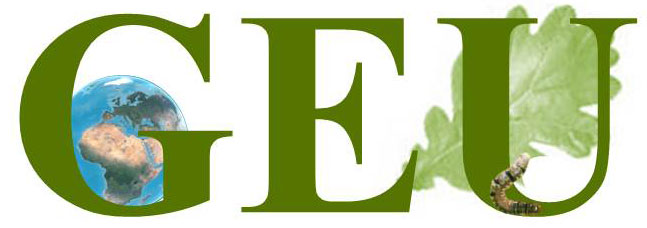
Nitrogen enrichment buffers phosphorus limitation by mobilizing mineral-bound soil phosphorus in grasslands. Phosphorus (P) limitation is expected to increase due to nitrogen (N)-induced terrestrial eutrophication, although most soils contain large P pools immobilized in minerals (Pi) and organic matter (Po).
In a new study published in the journal Ecology authors assessed whether transformations of these P pools can increase plant available pools alleviating P limitation under enhanced N availability.
The mechanisms underlying these possible transformations were explored by combining results from a 10-year field N-addition experiment and a 3700-km transect covering wide ranges in soil pH, soil N, aridity, leaching, and weathering that can affect soil P status in grasslands.
“Nitrogen addition promoted dissolution of immobile Pi (mainly Ca-bound recalcitrant P) to more available forms of Pi (including Al- and Fe-bound P fractions and Olsen P) by decreasing soil pH from 7.6 to 4.7, but did not affect Po”, explain Dr. Wang from State Key Laboratory of Vegetation and Environmental Change, Institute of Botany, Chinese Academy of Sciences, Beijing, China.
According to this study, soil total P declined by 10% from 385±6.8 to 346±9.5 mg kg-1, while available-P increased by 546% from 3.5±0.3 to 22.6±2.4 mg kg-1 after 10-year N addition experiment, associated with an increase in Pi mobilization, plant uptake, and leaching. Similar to the N-addition experiment, the drop in soil pH from 7.5 to 5.6 and increase in soil N concentration along the grassland transect were associated with an increased ratio between relatively mobile Pi and immobile Pi.
These results provide a new mechanistic understanding of the important role of soil Pi mobilization in maintaining plant P supply and accelerating biogeochemical P cycles under anthropogenic N enrichment. This mobilization process temporarily buffers ecosystem P-limitation or even causes P eutrophication but will extensively deplete soil P pools in the long run
“Our results also suggest that ecosystem P cycling model predictions should incorporate the interactions of N and P cycles by considering N enrichment effects on accelerating soil P cycling rates, that models can be further refined via delineating the dependence of Pi transformation on precipitation, and the ubiquitous role of soil pH in driving the biogeochemical pathways of Pi transformation”, concludes Prof. Josep Penuelas from CREAF-CSIC Barcelona.
Reference: Wang, R., Yang, J., Liu, H., Sardans, J., Zhang, Y., Wang, X., Wei, C., Lü, X., Dijkstra, F.A., Jiang, Y., Han, X., Peñuelas, J. 2021. Nitrogen enrichment buffers phosphorus limitation by mobilizing mineral-bound soil phosphorus in grasslands. Ecology, doi: 10.1002/ecy.3616
